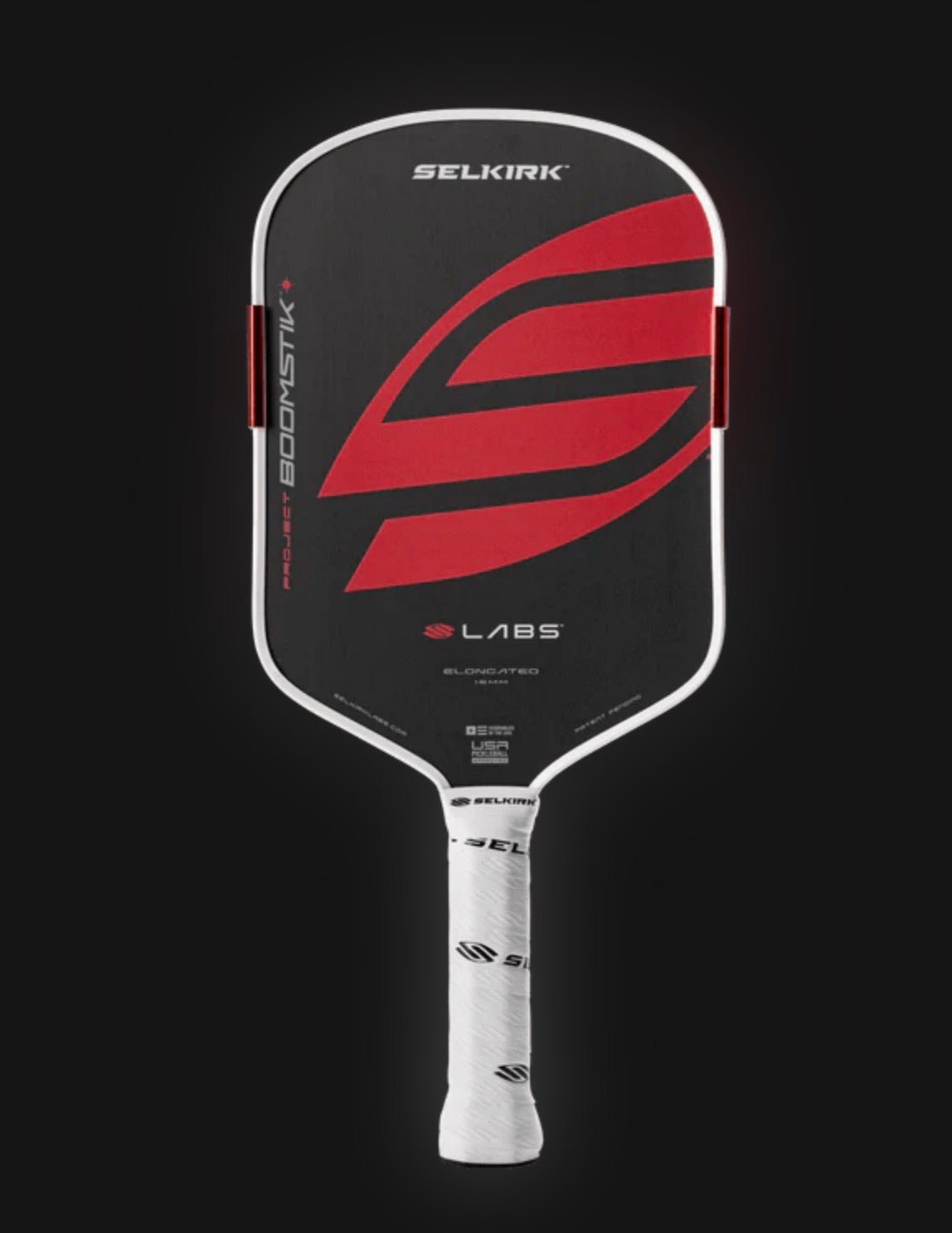
How to Pick a Pickleball Paddle: Practical Guide to Finding Your Fit
You want a straight answer on how to pick a pickleball paddle. Here it is. The best paddle is the one that matches your swing, your tempo, and the way you score points. That sounds simple, but there are a few moving parts. Get them right and your drops sit soft, your blocks stop wobbling, and your drives feel honest.
Know your game first
Decide where you win. If you grind in the kitchen, favor control, stability, and predictable spin. If you attack serves and punish floaters, you need more pop and reach. Write two priorities on a notepad before you shop. It keeps you from chasing the loudest marketing claim.
Core and face materials
Most paddles use a polymer honeycomb core. Thickness sets the tone. A 16-millimeter core softens impact and gives you a wider control window for resets. A 13 or 14-millimeter core rebounds faster and helps drive, but is less forgiving on touch shots.
The face is your contact patch. Raw carbon grips the ball and keeps spin longer as the surface wears. Fiberglass is springy and powerful, great for putaways but streakier for delicate drops. Graphite feels light and crisp with a balanced response.
Weight and balance
Weight is the fastest way to tune your swing.
- 7.6–7.9 oz: quick hands in the kitchen, less fatigue, smaller sweet spot.
- 8.0–8.4 oz: balanced stability, softer on joints for many players.
- 8.5 oz and up: heavy blocks and drives, slower in hand battles.
Balance shifts the load. Headlight paddles flick fast and help counter. Head-heavy paddles add punch but can tire the wrist. If your elbow complains, try a midweight, headlight build before anything else.
Shape and grip fit
Elongated shapes add reach on serves and passing shots. Standard shapes feel easier when the ball is on your body and usually have a broader sweet spot. Neither is better in a vacuum. Pick the one that lines up with your favorite rallies.
Grip size should actually fit your hand. Measure from your palm center to the tip of your ring finger. If you land between sizes, choose the smaller and add an overgrip. You will get a better feel and sweat control without forcing your forearm to squeeze.
A tryout plan that tells the truth
Do not judge a paddle by three casual dinks. Run this short circuit.
1. Drop ladder: Aim five drops to the near third, five to the middle third, five deep. You are looking for a repeatable arc, not magic.
2. Block check: Have a partner drive at your chest. If the paddle does not twist and you can deaden pace with a simple punch, that is a good sign.
3. Serve triangle: Hit five flat to the corners and five with a kick to the body. You want easy depth and shape without forcing your shoulder.
4. Hands drill: Ten quick exchanges in the kitchen. Notice if you can reset to neutral without spraying balls long.
If a paddle passes three of the four, it is a real candidate.
Budget and value
You can start with under one hundred dollars. The sweet spot for consistent build and texture is one hundred twenty to two hundred. Above that, you are paying for premium layups and longer-lasting spin. If the budget is tight, last season’s model from a reputable brand is the best value. Spend saved cash on shoes. Footwork steals more points than gear swaps.
Common mistakes to avoid
When you are deciding how to pick a pickleball paddle. Do not buy only by brand name. Do not copy your friend’s setup if your swing is different. Do not jump straight to the heaviest paddle to “fix” miss-hits. Often, a midweight with better balance solves it. And do not skip grip sizing. A sloppy grip size ruins touch.
Image Credits: Pexels. Read our article: How to Hold a Pickleball Paddle
FAQs
1) How do I measure grip size at home?
Wrap a tape from the center of your palm to the tip of your ring finger. Most players land between 4 1/8 and 4 1/2 inches. If you are undecided, go smaller and add an overgrip for fine-tuning.
2) Do I need an elongated shape for singles?
It helps with reach and serves, but it is not mandatory. If your timing is early or your contact is high on the face, elongated feels great. If you fight mishits in hand battles, start with a standard shape.
3) How long should the spin texture last, and how do I keep it?
With normal play, months. Wipe the face with a damp towel after sessions to clear dust, avoid scraping courts, and store the paddle in a cover. If the surface glosses over, a gentle clean often restores bite.